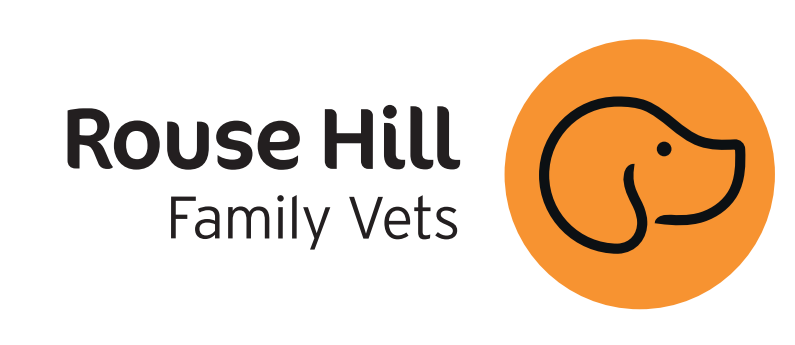There are many different pet insurance providers and all policies are different so it is very important to do your research and look at what company and policy will best suit you and your pet.
So, how does pet insurance work?
Pet insurance works by covering a set percentage of the total vet bill. Depending on your chosen insurance company or even down to your individual policy itself will depend on your percentage that will be covered by insurance and also whether there is an excess on your policy or not.
It is important to do your research and ensure you are happy with your chosen insurance company as it can become difficult to switch companies, especially once you have made a claim. Once you have claimed once for a condition, if at any point you were wanting to switch insurance providers, the new insurance provider will usually class any claimed conditions up until that point as pre-existing and they will not be covered.
Most pet insurance companies will have specific waiting periods which are usually outlined in your policy documents. For most, they initially have a 30 day waiting period in which any illnesses or conditions that come up during that time will be classed as pre-existing and therefore would usually not be covered into the future. This usually includes any condition that can be resolved and can then recur at some point in the future, for example, ear infections or
diarrhoea.
How to make a pet insurance claim for your pet?
Depending on who your insurance provider is will depend on how you will you make a claim for your pet. For most insurance providers, your vet will be able to easily make a claim on your behalf. This means that there is no paperwork involved for you as the vet can send the claim straight from their system to the insurance companies. This means easier claiming for you as all you need to do is await the insurance company’s response in regards to your reimbursement. If you are with an insurance provider that is not compatible with this, then you may need to make a paper or email claim to the insurance company itself. Once you have put the claim through, the insurance provider will contact the vet clinic for the vet history and notes for that visit.
There are also some insurance companies that process Gaponly insurance claims. This means that once your pet’s consultation is completed but before you pay the bill, the vet will send off the claim directly to the insurance company. Usually this takes about 10-15 minutes to process and get a response back from the insurance company. This response will let us know what the insurance company will cover and pay directly to the vet and in turn will let you know the gap amount for that claim, this is the leftover amount that you would be required to pay.
Level of cover and excess
This depends on what level of cover or policy you have, with most insurance companies you can choose your level of cover anywhere from accidental injury to full comprehensive cover. You can also choose to have a per-condition excess on the policy. This means that per condition that you claim, there will be an excess that will be required to pay before the insurance starts reimbursing for that condition. For most insurance providers, this excess is usually per claimed condition and will reset each policy period renewal. This is something to consider whether it will be worth it for you. A cover with excess usually comes with cheaper premiums, this would be something that you need to decide would suit you and your pet’s situation.
What is commonly excluded?
There are a few things that are commonly excluded from pet insurance policies. Most companies will exclude dentistry unless an additional premium is paid, and there are usually still some restrictions on what they will cover and also they have a sublimit on the amount they will cover per policy period. Other things that are usually generally excluded from pet insurance with most providers is anything to do with behaviour, this includes any visits with a vet behaviour specialist for behavioural modification and medication. Alternative therapies including acupuncture, laser therapy and hydrotherapy are also common things that are generally excluded from being covered under most policies. Again, you do sometimes have the options depending on the provider to pay an additional premium for a portion of this to be covered.
Pet insurance can definitely be valuable for a lot of families and their pets, it can help take away some of the financial worries surrounding owning a pet. It is important to do your research and go with the provider and policy that best suits your current situation. Although we cannot provide any financial advice or directly recommend an insurance provider, we are always happy to answer any questions you may have.

